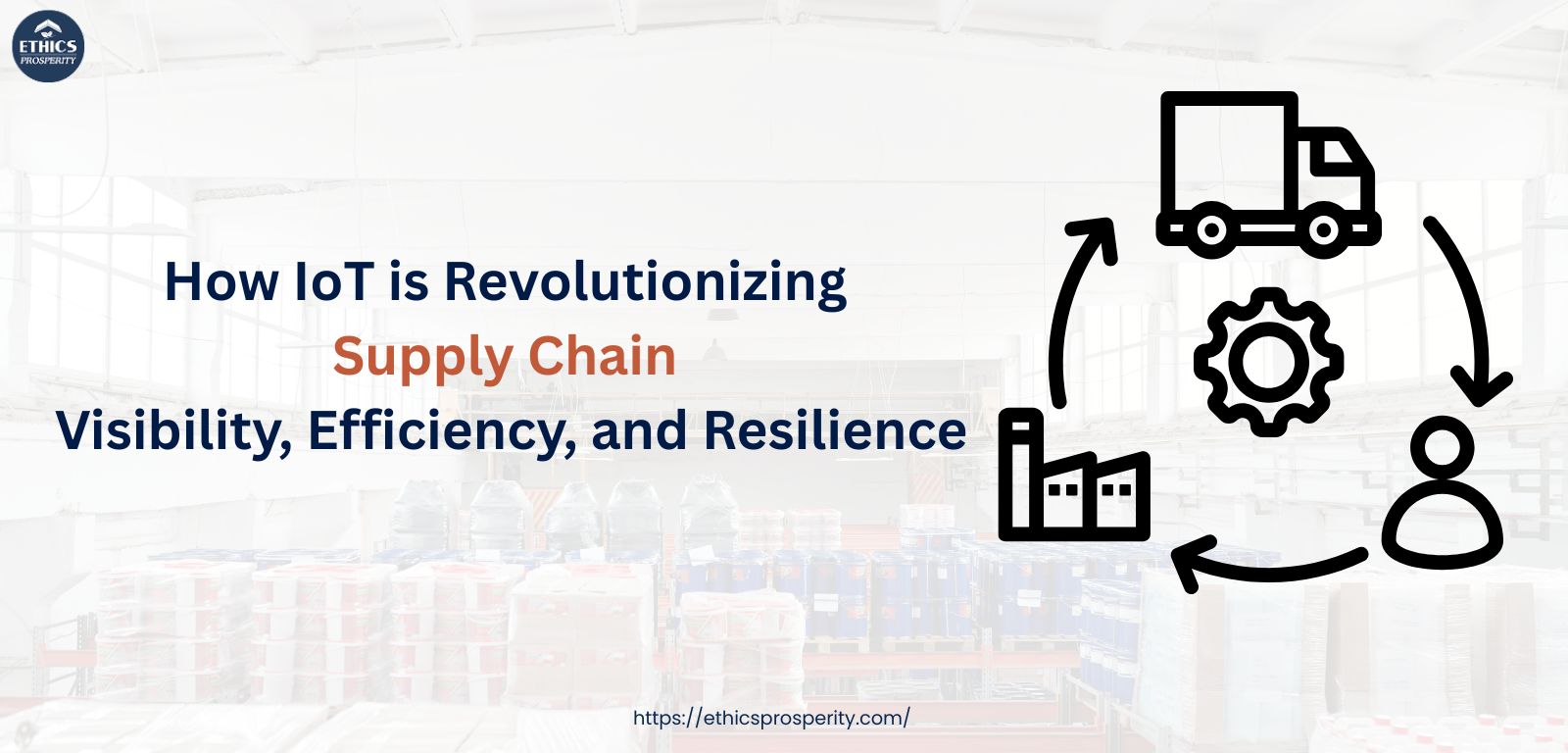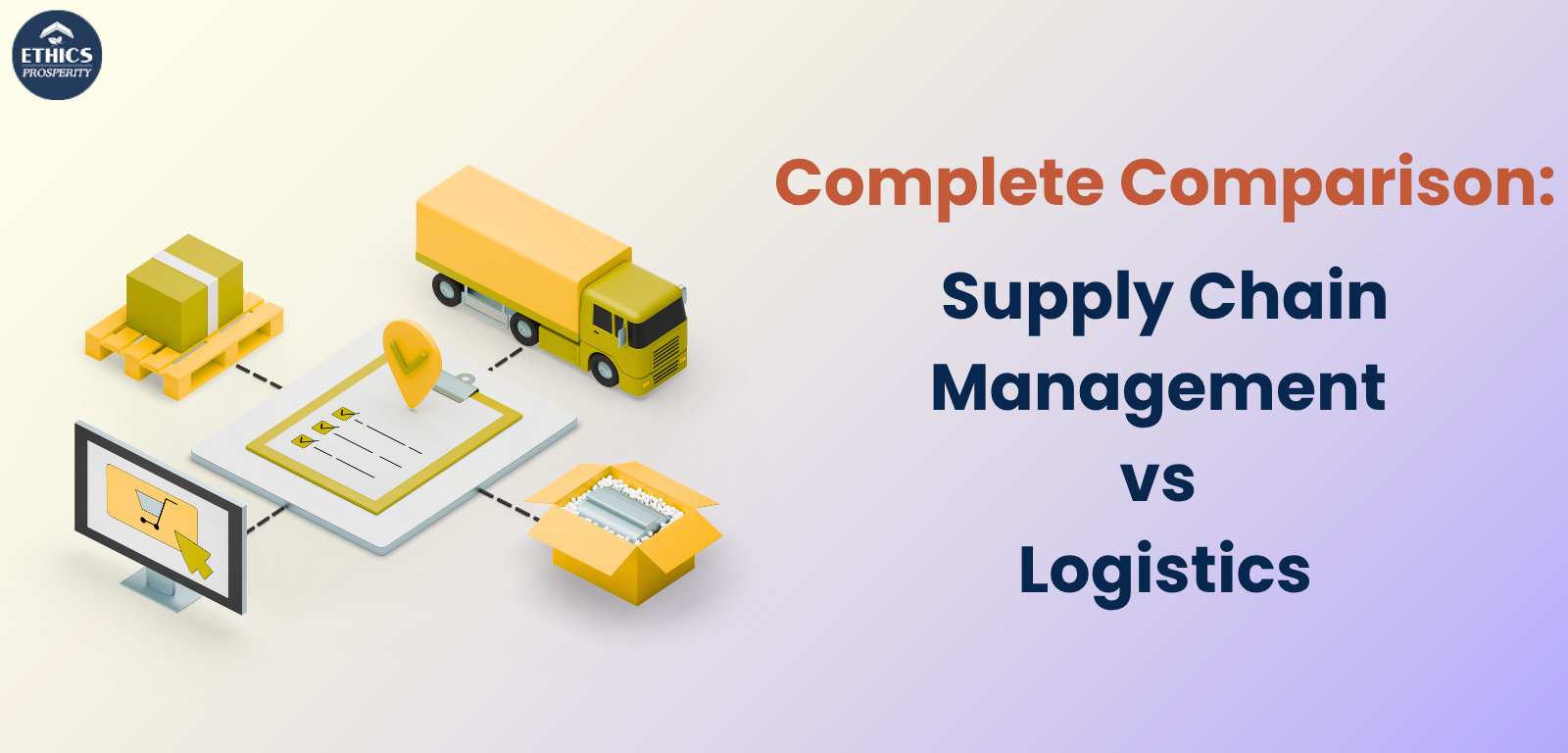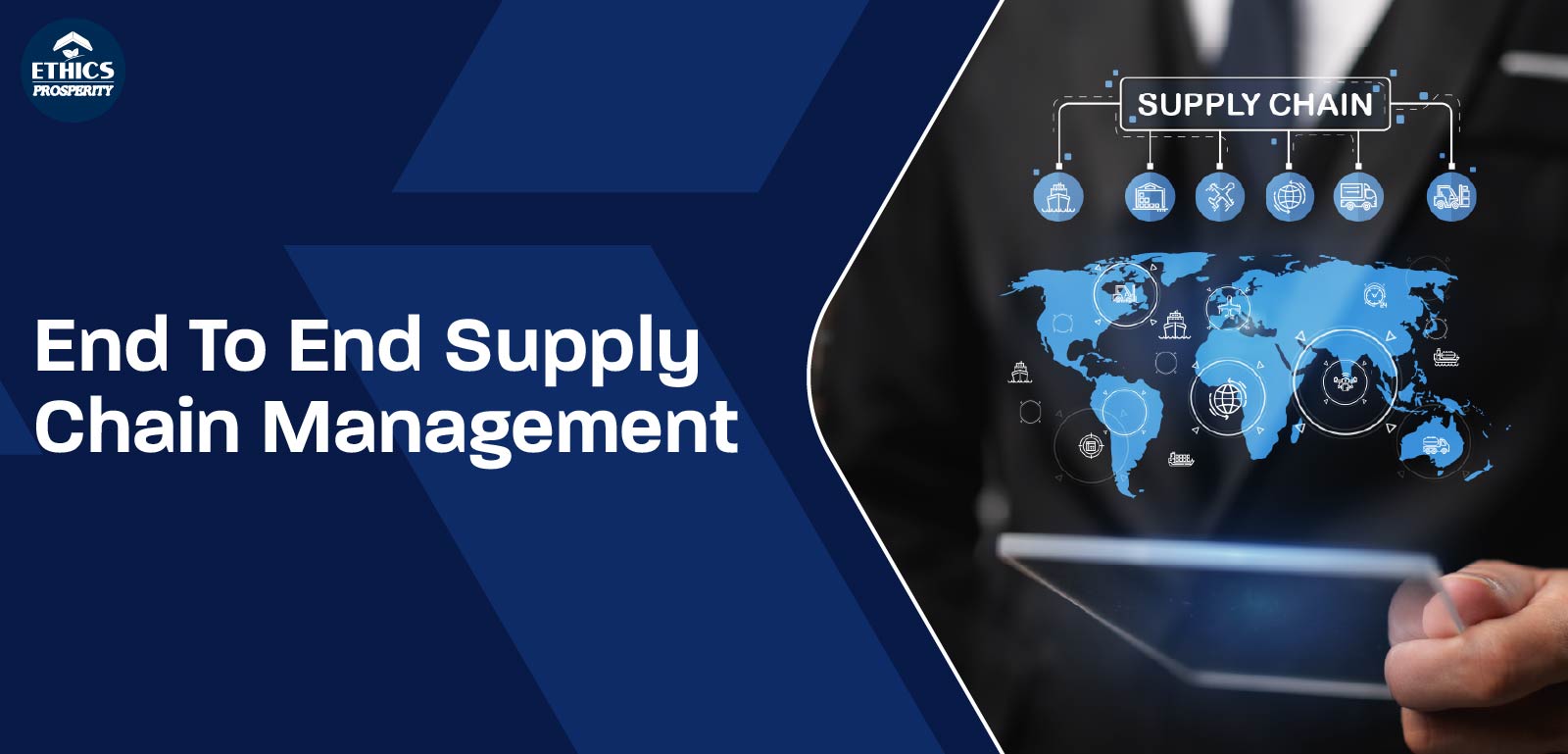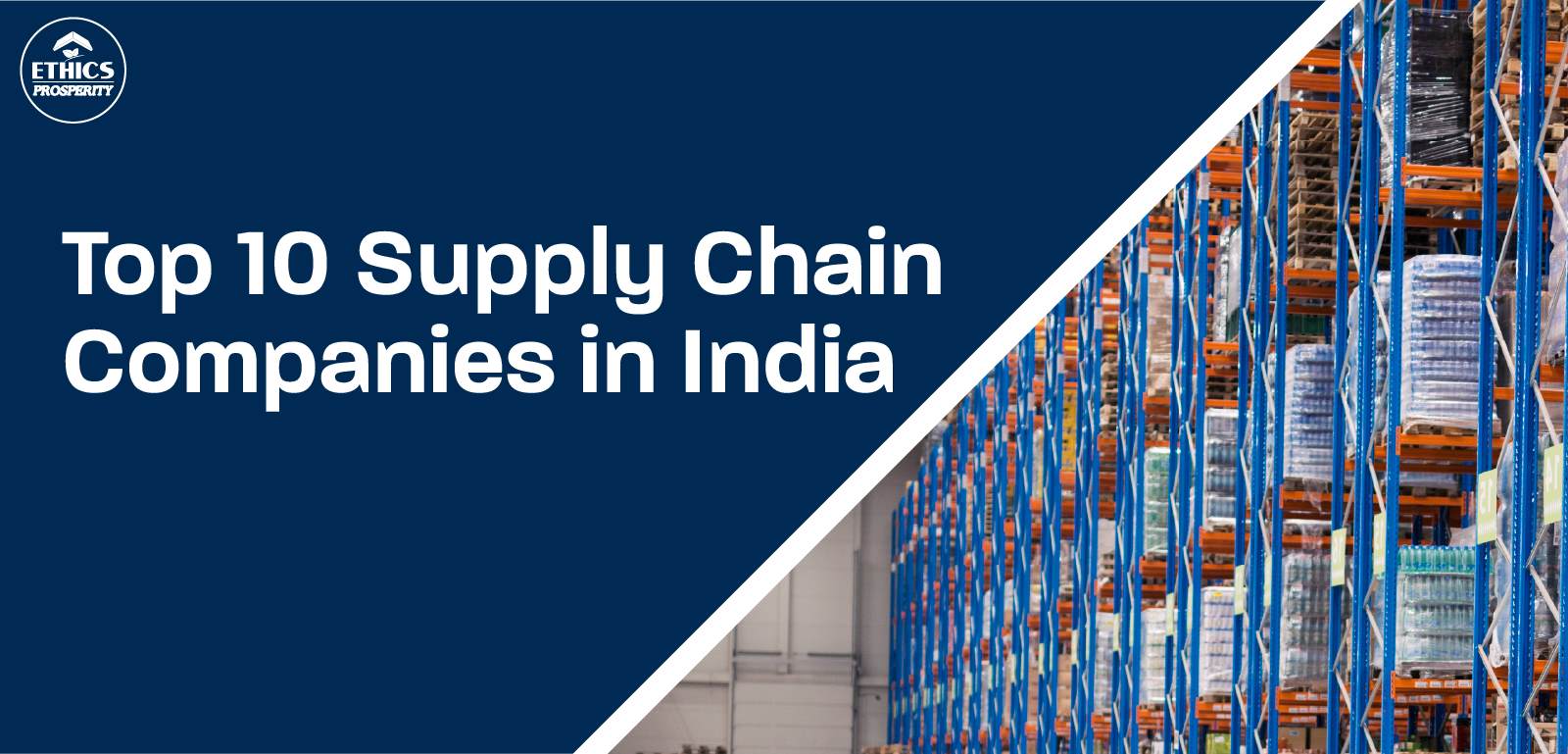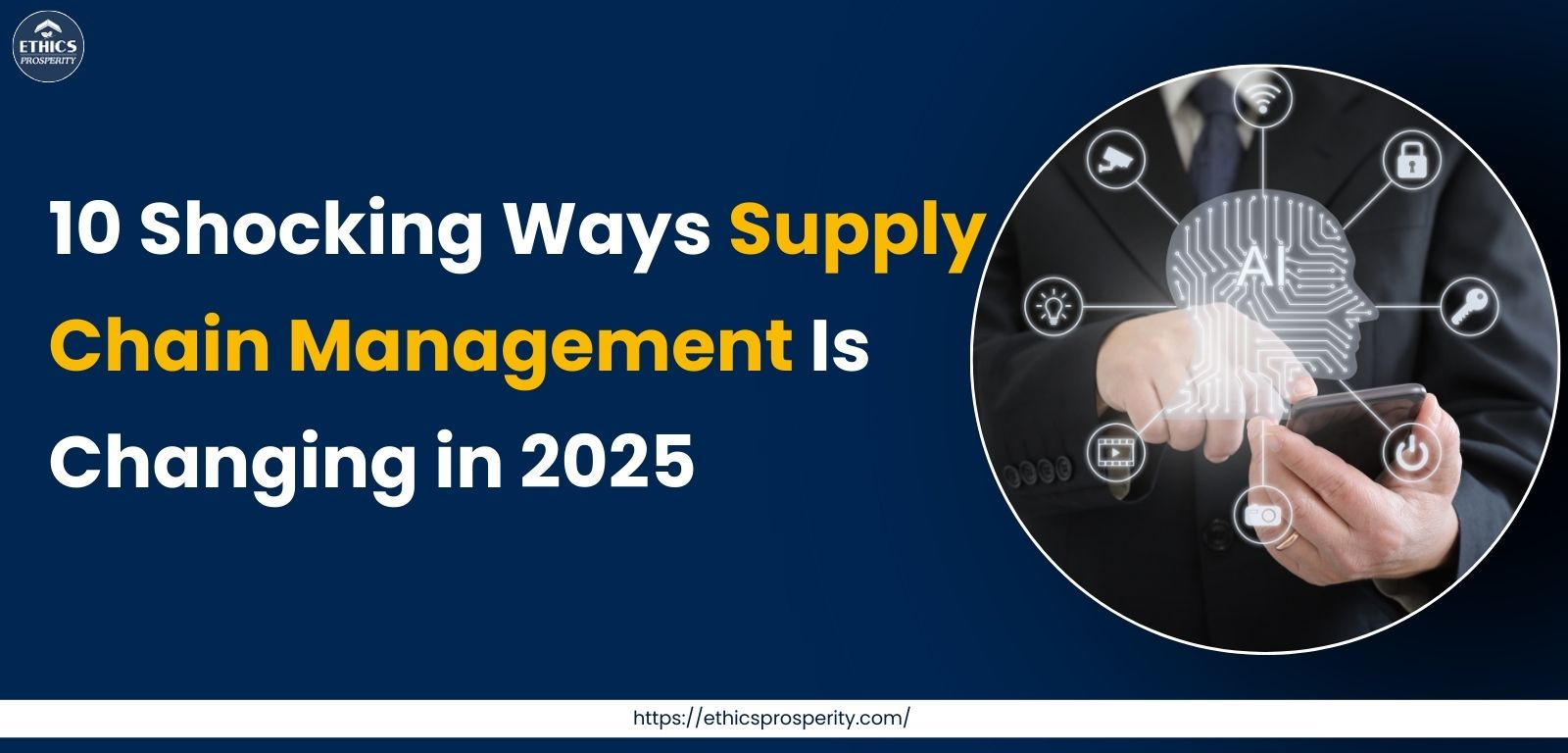How IoT is Revolutionizing Supply Chain Visibility, Efficiency, and Resilience
In today’s dynamic business landscape, supply chains have evolved into complex, interconnected ecosystems that require real-time visibility, speed, and adaptability. Among the most transformative enablers of this evolution is the Internet of Things (IoT). From end-to-end supply chain orchestration to warehouse automation and quick commerce fulfillment, IoT is not just a technology—it’s a strategic asset that delivers operational intelligence and measurable value.
Here’s how IoT is reshaping supply chain visibility and performance—and why organizations leveraging it are gaining a decisive advantage in a competitive marketplace.
What Is IoT in the Supply Chain Context?
IoT refers to a network of physical devices—sensors, RFID tags, GPS systems, mobile hardware, and intelligent software—interconnected to collect, exchange, and analyze data in real time. In a supply chain environment, IoT bridges the gap between physical operations and digital systems, enabling seamless automation, proactive decision-making, and unprecedented transparency.
By connecting every node in the supply chain—from sourcing and production to warehousing and last-mile delivery—IoT reduces inefficiencies, improves traceability, and empowers businesses to respond faster to changing market demands.
Enhancing Visibility Through Real-Time Intelligence
Traditional supply chains are often hampered by delayed insights, lack of traceability, and manual dependencies. IoT addresses these challenges head-on by delivering continuous visibility across logistics operations.
Key Capabilities Include:
Live Tracking of Goods: GPS and RFID-enabled devices allow stakeholders to monitor shipment location, condition, temperature, and humidity in real time.
Smart Inventory Monitoring: Sensors within warehouses provide up-to-the-minute stock data, enabling automated replenishment and reducing out-of-stock or overstock risks.
- Control Tower Integration: IoT data feeds into centralized dashboards (control towers), allowing supply chain managers to make proactive, data-driven decisions.
This level of visibility is particularly critical in high-velocity segments like quick commerce, where even minutes of delay can result in lost sales or customer dissatisfaction.
Driving Operational Performance and Cost Optimization
Beyond visibility, IoT enhances performance across the supply chain by streamlining core operations and optimizing resource utilization.
Performance Improvements Enabled by IoT:
Warehouse Automation: IoT-powered WMS platforms automate picking, packing, put-away, and dispatching processes, increasing speed and accuracy.
Predictive Asset Maintenance: Equipment health data enables predictive servicing, minimizing downtime and extending asset life.
- Fleet and Route Optimization: Smart transport systems analyze traffic, weather, and vehicle diagnostics to select optimal delivery routes and reduce fuel consumption.
The result? Lower operational costs, shorter lead times, improved service levels, and more resilient supply chain operations.
Powering End-to-End Supply Chain Intelligence
The vision of a truly connected, end-to-end supply chain becomes a reality through IoT integration.
Supplier-to-Customer Connectivity: IoT enables seamless data sharing between manufacturers, suppliers, logistics providers, and end customers, creating a unified ecosystem.
Demand Forecasting & Planning: Real-time consumption and movement data helps organizations improve forecasting models and adjust to demand fluctuations in real time.
- Compliance and Traceability: Especially critical for industries such as pharmaceuticals and food, IoT ensures regulatory compliance and product traceability by continuously recording handling conditions across the supply chain.
At Ethics Prosperity, we leverage these capabilities to deliver high-performance, transparent, and agile supply chain solutions tailored to India’s evolving commerce and regulatory landscape.
Enabling Scalable Quick Commerce Fulfillment
India’s booming quick commerce sector demands fulfillment models that support delivery within 10 to 30 minutes. IoT plays a pivotal role in meeting this challenge with:
Dynamic Micro-Warehousing: Sensors and smart systems enable inventory allocation across decentralized dark stores near customer clusters.
Real-Time Order Tracking: Customers receive live updates on order status, enhancing transparency and trust.
- Predictive Fulfillment Models: IoT combined with AI/ML recommends optimal delivery routes based on traffic, weather, and service availability.
These features ensure operational speed without compromising accuracy or customer experience, vital in hyperlocal delivery environments.
Challenges and Considerations
While the benefits of IoT are significant, successful implementation requires a strategic approach. Common challenges include:
Integration with legacy ERP or WMS platforms
High initial investment for SMEs
Cybersecurity and data governance concerns
- Change management and workforce adoption
Organizations must prioritize scalable architecture, employee training, and vendor alignment to overcome these hurdles and realize the full value of IoT.
Future Outlook: IoT + AI + 5G = Intelligent Supply Chains
The future of supply chain technology lies in convergence. IoT becomes exponentially more powerful when combined with:
AI/ML for real-time demand sensing, anomaly detection, and automated decision-making
5G for ultra-fast data transmission across distributed assets
Blockchain for secure, auditable traceability in sensitive supply chains
- Autonomous Vehicles & Drones enabled by sensor-based navigation
Companies investing early in these integrations will lead the next wave of supply chain innovation.
Conclusion: The IoT Advantage
The adoption of IoT is not just a technology upgrade—it’s a transformation strategy. Whether you are streamlining your warehouse operations, improving visibility across your distribution network, or building agile quick commerce models, IoT provides the intelligence and control needed to scale with confidence.
At Ethics Prosperity, we empower organizations with IoT-powered supply chain solutions that are built for agility, compliance, and performance, making your supply chain a competitive asset in the digital economy.
